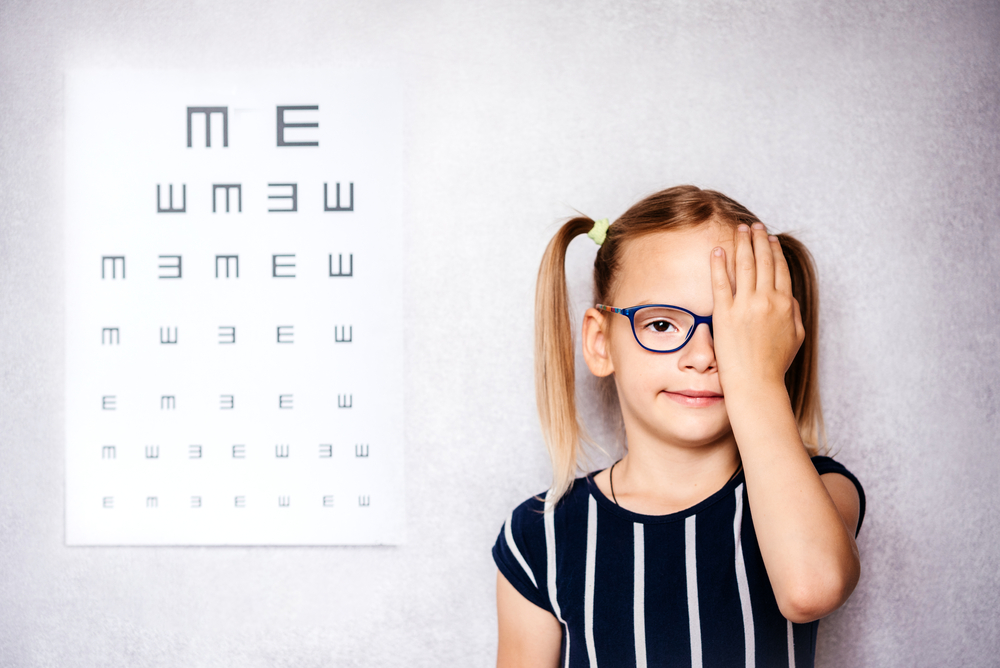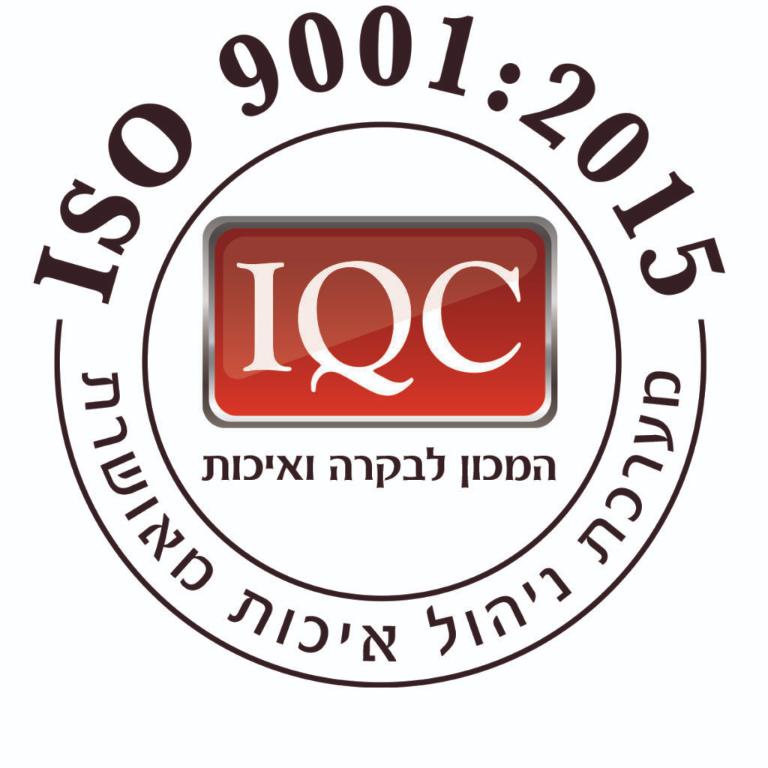Lazy eye, medically known as amblyopia, is a common visual impairment that often develops during childhood. Although it can affect people of all ages, early detection and intervention are essential for effective treatment. This comprehensive guide explores the causes of lazy eye, its impact on quality of life, and various treatment approaches, including the innovative Revital Vision method.
Causes of Lazy Eye
Lazy eye typically arises when normal visual development is disrupted during childhood. The most common causes include:
- Strabismus (crossed eyes): Misalignment of the eyes causes the brain to ignore input from one eye, leading to visual suppression and amblyopia.
- Refractive errors: Significant differences in refractive power between the two eyes (e.g., myopia, hyperopia, or astigmatism) can lead to underuse of one eye.
- Obstructions or abnormalities: Cataracts, corneal irregularities, or trauma can interfere with proper visual development.
In some cases, lazy eye can affect driving eligibility or disqualify individuals from certain military profiles.
Effects of Untreated Lazy Eye
If left untreated, amblyopia can significantly affect daily functioning:
- Reduced visual acuity in one eye
- Poor depth perception and binocular coordination
- Academic struggles in reading, writing, and visual tasks
- Emotional and social impacts, including low self-esteem
- Potential permanent vision loss in the affected eye
Treatment Options for Lazy Eye
The good news: lazy eye is treatable, especially when caught early. Treatment options include:
- Corrective lenses: Glasses or custom contact lenses can address refractive errors. For corneal issues, RGP or scleral lenses may be used.
- Eye patching: Covering the stronger eye to force the weaker one to work harder
- Atropine drops: Used in the dominant eye to blur vision and strengthen the amblyopic eye
- Vision therapy: Eye exercises and activities that improve coordination and focus
- Strabismus surgery: To align the eyes in cases of significant deviation
Revital Vision: A Neuroscience-Based Approach
Revital Vision is a groundbreaking therapy that uses neuroplasticity to retrain the brain’s visual processing. This method has shown success in treating amblyopia in patients aged 9 and above. The therapy involves computer-based exercises designed to stimulate the visual cortex and enhance communication between the eyes and the brain.
Scientific Validation
Studies support the effectiveness of Revital Vision, showing measurable improvements in visual acuity and neural response. The method harnesses the brain’s ability to form new neural connections through targeted visual stimulation.
Final Thoughts
Lazy eye is a manageable condition that benefits from early diagnosis and professional care. With a personalized treatment plan and advanced solutions like Revital Vision, patients can improve both visual function and quality of life. Routine eye exams and comprehensive vision tests play a crucial role in identifying and addressing amblyopia.





